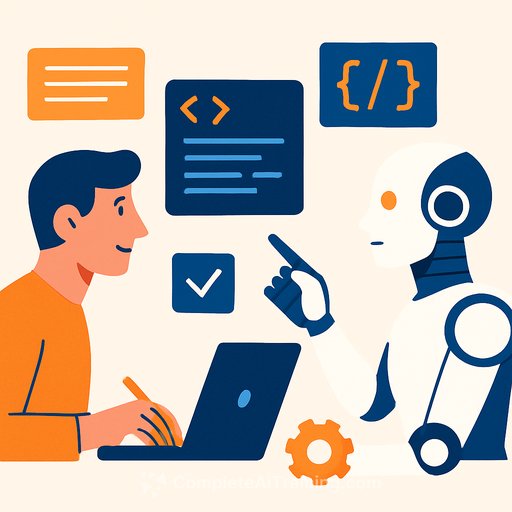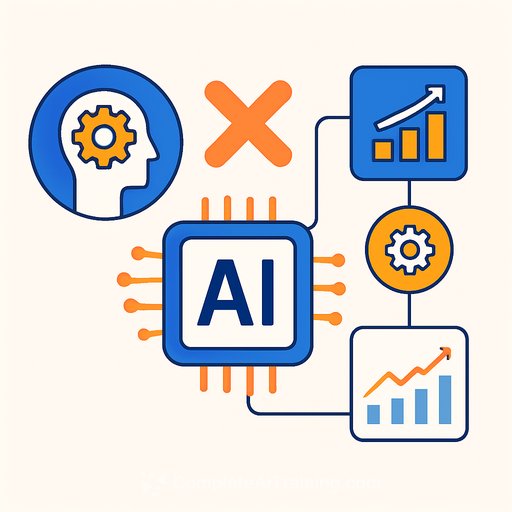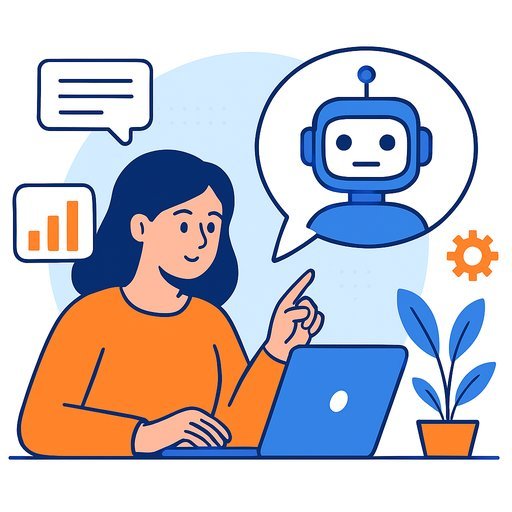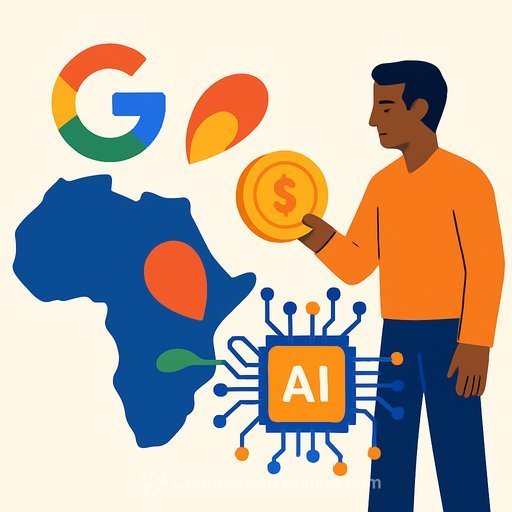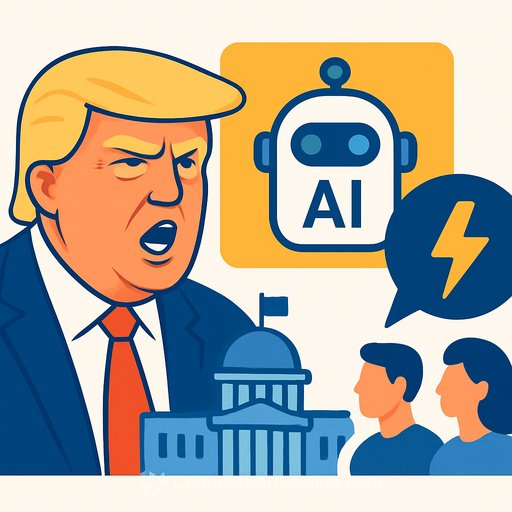The Evolving Role of AI in Software Development
In 2025, artificial intelligence has shifted from a mere tool to a central collaborator in software development. Developers are increasingly relying on AI agents for tasks ranging from code generation to debugging. However, as shared in a detailed account by developer E. Fitz, this partnership comes with its own set of challenges. While AI can speed up many processes, it sometimes produces hallucinated code or integration issues that prolong project timelines.
This experience reflects a wider industry trend, with many developers reporting AI’s overconfidence, especially in complex event-driven architectures involving technologies like Kafka or RabbitMQ. Despite these pitfalls, AI-driven development is gaining traction. Tools such as Cursor AI promote “vibe-coding,” enabling developers to turn vague ideas into prototypes quickly. This trend is opening doors for solo developers and small teams to compete with larger enterprises.
Still, a key limitation remains: AI performs well on isolated tasks but struggles with comprehensive system design. Human oversight is essential to ensure solutions meet real-world demands like scalability and security.
Navigating AI’s Integration Hurdles
Introducing AI into development workflows has stirred debate on productivity impacts. Research cited by MarkTechPost shows AI can boost initial coding speed by 30%, yet for experienced developers, it may slow progress by 19% due to the need for continuous validation. Fitz’s own story highlights this, as AI-generated backend code for Kubernetes led to deployment failures, requiring manual corrections.
Cloud-native setups pose particular challenges. Backend specialists warn on social platforms that relying too heavily on AI risks overlooking nuances such as the CAP theorem’s trade-offs. Additionally, ethical and security concerns are rising. According to insights from SaM Solutions, AI-augmented cybersecurity defenses are becoming a focal point as developers face risks of AI-introduced vulnerabilities. Fitz’s app revealed data leaks during testing, underscoring the need for rigorous security checks.
Industry experts predict a surge in policy-as-code implementations in 2025 to help mitigate these risks.
The Rise of Hybrid Human-AI Teams
The future points to hybrid teams where humans direct AI agents. On social platforms, many envision small groups achieving productivity levels comparable to much larger teams through AI orchestration. Fitz’s experience confirms this, as he used AI for design and DevOps tasks but maintained final responsibility.
Low-code platforms and IoT integrations are highlighted by Radixweb as key trends that allow developers to concentrate on strategy rather than routine coding. Yet, challenges remain in areas like consensus algorithms and event-driven systems. AI can misinterpret context, causing duplicated features or unintended business logic leaks into UI components—a problem Fitz encountered and resolved through extensive refactoring.
Overcoming Scalability and Ethical Dilemmas
Scalability is a persistent challenge, with quantum computing on the horizon promising new capabilities but also requiring fresh skills. Developers face a shift where AI commoditizes code writing, allowing novices to produce software that once demanded significant R&D investment. Fitz advocates for adopting systems thinking and prioritizing DevOps and oversight to address this.
Ethical accountability around AI is growing. UpGrad lists 25 engineering challenges including debugging AI-induced errors, a problem Fitz faced firsthand. The industry is expected to grow by 22% in 2025, driven by these innovations, but only if teams actively address biases in AI training data.
Strategic Adaptations for Future Success
Success in AI-assisted development requires blending automation with human judgment. Fitz’s iterative review process turned potential setbacks into a functional application. This approach aligns with recommendations highlighting self-service sandboxes for experimentation and learning.
There is optimism about AI empowering new developers, even interns, to launch startups. However, discussions emphasize the importance of thorough evaluations as the new standard for delivering quality code.
Key technology shifts include blockchain and edge computing, where AI can accelerate progress but not replace critical human insight. Fitz’s journey shows that AI can boost speed, but the advantage lies in addressing its limitations to build better software.
Your membership also unlocks:

